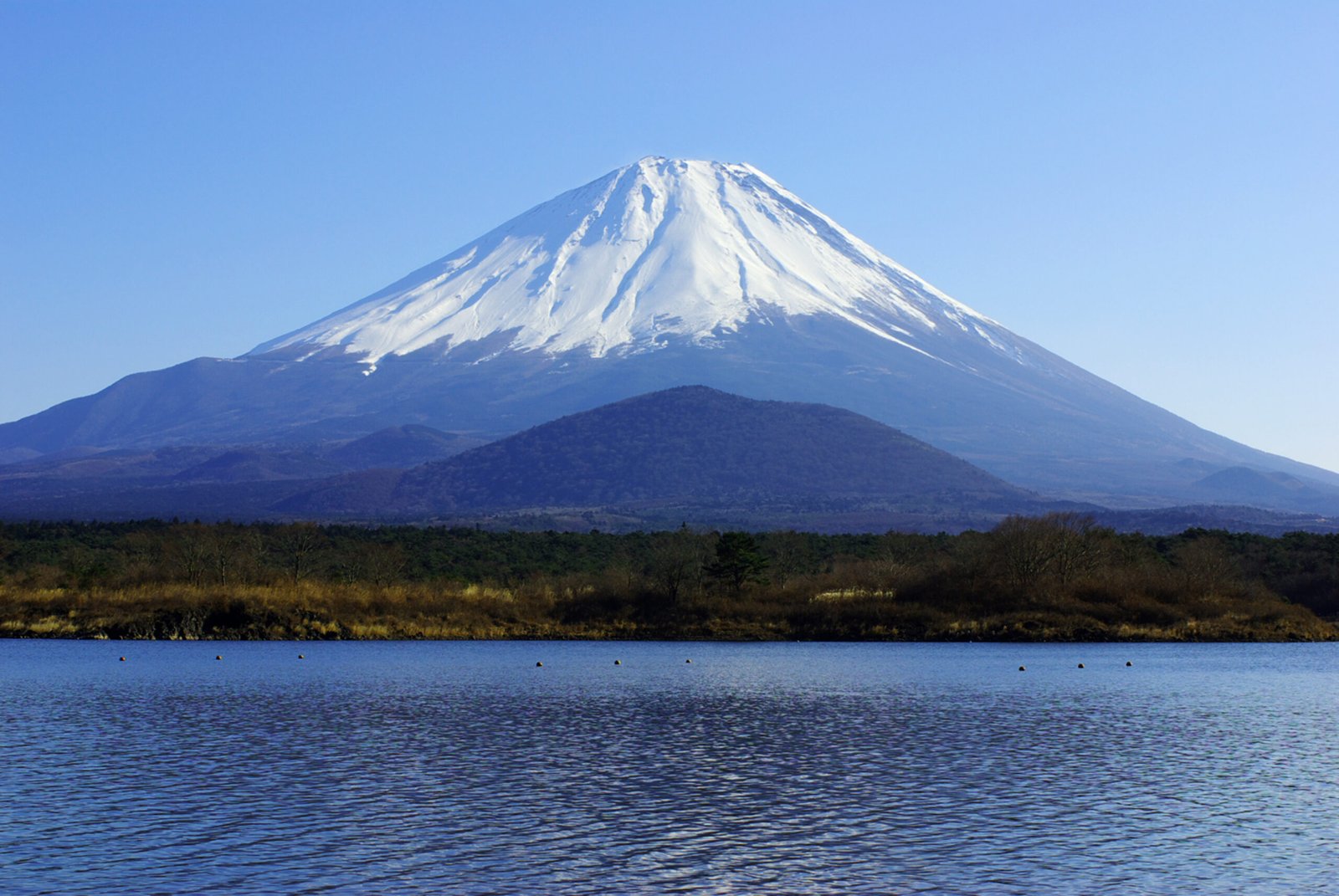The world’s most breathtaking mountains are more than just towers of rock and snow—they are living legends. For countless cultures, these peaks are sacred, holding stories, spirits, and secrets passed down through generations. But as global tourism surges, ancient traditions and fragile environments face new pressures. Who gets to decide what happens atop these hallowed heights? Are these mountains merely destinations on a traveler’s bucket list, or are they something far deeper—a spiritual inheritance, a cultural right, a living monument? The struggle over sacred summits is a dramatic clash of values, drawing in adventurers, locals, scientists, and spiritual leaders alike. It’s a story where awe, conflict, and hope all meet at the top of the world.
The Power and Mystery of Sacred Mountains

Mountains have always been more than scenery. For many, they are the homes of gods, ancestors, or powerful spirits. Mount Kailash in Tibet is revered by four major religions—Hinduism, Buddhism, Jainism, and Bon—as the center of the universe and a place of profound holiness. The Andes’ towering Apu Ausangate is worshipped by Quechua people as a living protector. These places inspire devotion and awe, reminding us that nature can be as much a temple as any church or mosque. The sense of mystery, the belief that these peaks hold keys to the universe, is what draws both pilgrims and seekers year after year.
Tourism’s Booming Footsteps

In recent years, sacred mountains have become magnets for tourists. From the snowy slopes of Mount Fuji to the lush trails of Adam’s Peak in Sri Lanka, millions flock to these sites, searching for beauty, adventure, or spiritual connection. While this influx can bring income and attention to remote communities, it can also create chaos. Overcrowded trails, litter, and commercialization threaten the very essence of these places. The clash between visitors’ desires and locals’ reverence is becoming impossible to ignore, as the world’s highest places grow ever more accessible.
Traditions Under Threat

Local traditions are often the first casualties when tourism takes over. In the Nepalese Himalayas, Sherpa rituals honoring the mountain goddess Chomolungma (Mount Everest) have been overshadowed by the demands of climbers and tour companies. Ceremonial spaces are sometimes trampled or ignored, leaving elders worried that ancestral knowledge will vanish. As spiritual practices lose ground to souvenir shops and selfie sticks, a profound sense of loss and frustration takes root among those whose lives are woven into the mountain’s story.
Environmental Toll on Fragile Ecosystems
Sacred mountains are not just cultural treasures—they are ecological wonders. Their unique climates support rare plants, animals, and water sources vital to millions. But heavy tourism can bring destruction: trash left by trekkers, pollution from vehicles, and erosion from too many feet. Scientists have documented shrinking glaciers near Mount Kilimanjaro and increased waste on the slopes of Mount Everest. These changes threaten both biodiversity and the people who depend on these environments for survival, making stewardship more critical than ever.
Who Has the Right to Decide?
Ownership of sacred mountains is a bitterly contested question. For indigenous communities, these peaks are not property but relatives, deserving respect and protection. Governments, however, often see mountains as national assets to be managed—and monetized. In some cases, international bodies like UNESCO step in, declaring sites as World Heritage to protect them. Yet, whose voice truly matters? This struggle over rights and responsibilities shapes how these mountains are treated, and who benefits from their fame.
Science Meets Spirituality
Science has a crucial role in understanding and protecting sacred mountains, but it sometimes clashes with local belief systems. Researchers may want to study rare plants or measure glacial retreat, while locals may prohibit certain activities out of respect for deities or ancestors. Yet, there are inspiring examples of collaboration, where scientists and spiritual leaders join forces to monitor water quality or restore habitats. These partnerships can blend traditional wisdom with modern insight, offering hope for a more balanced future.
Commercialization and Its Discontents
The commercialization of sacred peaks is big business. Tour operators offer everything from luxury treks to spiritual “awakening” retreats, often at prices out of reach for local people. Souvenir stands, ticket booths, and even cable cars can transform once-remote shrines into bustling attractions. For some, this is progress—an opportunity to share their culture and earn a living. For others, it is a painful loss, reducing sacred ground to a mere product. The tension between profit and preservation is felt in every crowded base camp and souvenir-laden summit.
Local Voices Rising
Despite the challenges, local communities are finding ways to reclaim their mountains. In Japan, Shinto priests have worked to limit access to Mount Fuji’s most sacred areas, balancing tradition with tourism. In Peru, Quechua leaders organize guided pilgrimages that teach visitors about the spiritual meaning of the Andes, not just its scenery. These efforts aim to protect both the mountains and the meanings that make them unique, reminding the world that heritage and hospitality can go hand in hand.
Innovative Solutions for Protection

Around the globe, new approaches are emerging to protect sacred peaks. Some governments have introduced visitor caps, seasonal closures, and strict waste removal policies. Community-led conservation projects blend ancient rituals with modern science, like reforestation efforts on Mount Kenya led by local tribes. Technology also plays a role: drones monitor environmental health, while apps educate tourists about respectful behavior. These solutions show that it is possible to welcome visitors while keeping tradition and nature at the forefront.
The Way Forward: Balance or Battle?
The fate of the world’s sacred mountains hangs in the balance. Will they become playgrounds for thrill-seekers, or remain sanctuaries of spirit and tradition? The answer depends on choices made today—by governments, travelers, and local communities alike. We are all, in some way, stewards of these peaks, tasked with honoring their stories while ensuring they endure for generations yet to climb. The next time you gaze up at a snow-capped summit, ask yourself: what does this mountain mean, and who truly owns the right to decide?




